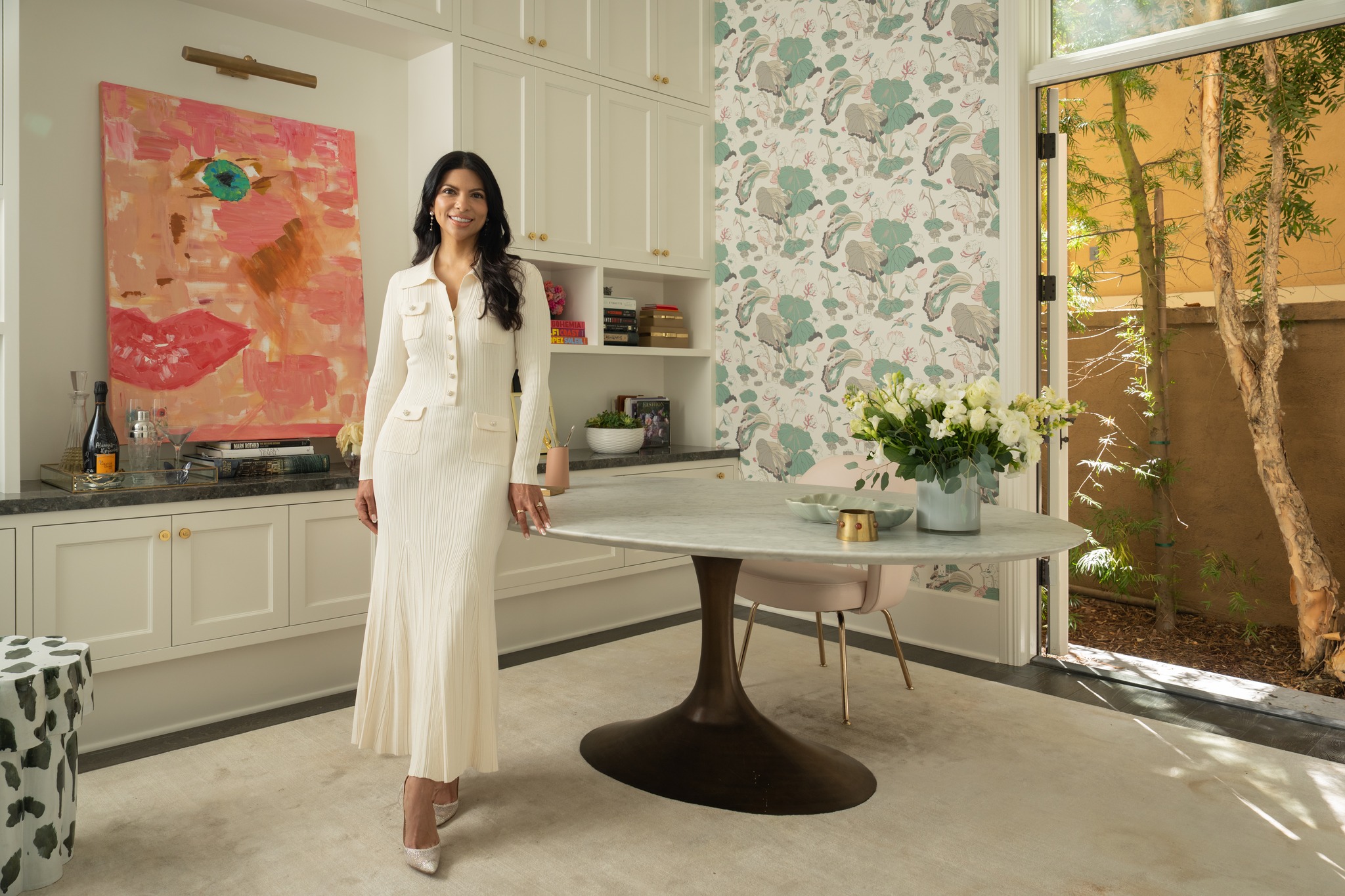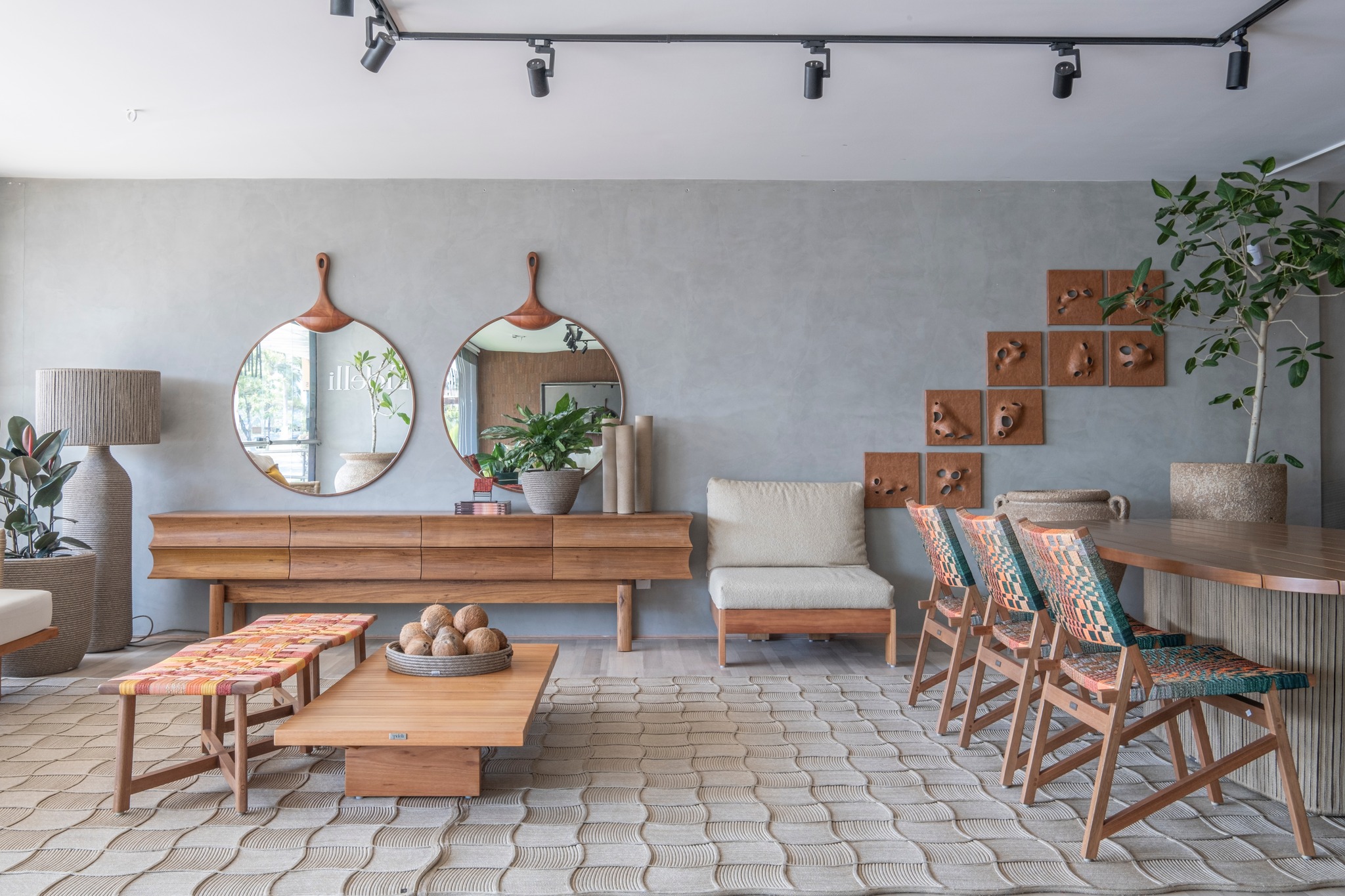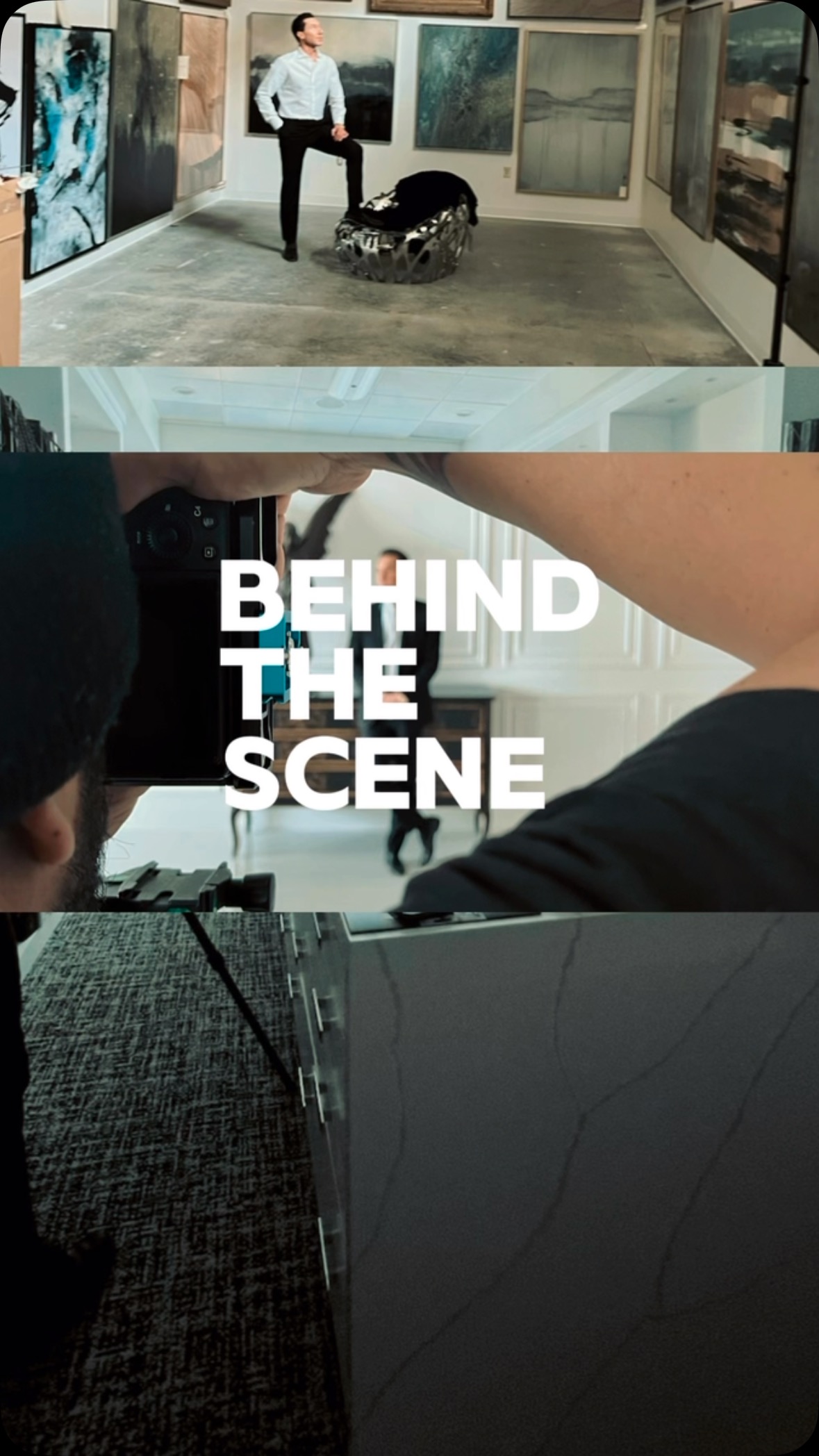THE ARCHITECTURE OF BRIGHT, LIGHT, AND HEALTHY HOMES
By Anders Lasater, AIA
I firmly believe that a thoughtfully designed home is a naturally healthy home. A home that has taken into account the path of the sun throughout the day, a home that has accounted for natural ventilation by providing places for air to enter and exit the building efficiently, a home that employs honest and reliable building materials that endure and are neutral to the environment, that is a healthy home.
The good news is that all of those ideas can be explored within our existing homes, even for homes that were not conceived with these goals in mind. Take, for instance, our new work-from-home dynamic. What a great opportunity to look around your home and seek out the places that have the best daylight, the best air circulation, and the best environment to support your work. Chances are they may not be where you’re currently working. Maybe the quality of daylight is best at the dinner table instead of the “home office,” and maybe the fresh air from the patio slider in the living room offers a more pleasant breeze than the ceiling fan of the bedroom.
Why not simply adapt your living environment to take best advantage of these realities? It could be as simple as moving some furniture from one room to another and creating a more suitable working space that capitalizes on the assets you have. Or, maybe a more significant remodel is in order to finally get your home working the way it should for you and your family. That’s been a new mantra for us, for our clients, and prospective clients: “You’re working hard from home, but is your home working hard for you?”
Lovell Health House in Los Angeles, designed by Richard Neutra. 
Lovell Beach House in Newport Beach, designed by Rudolph Schindler. 
A home’s orientation to the sun is primary. In this case, the north-facing windows of this Lasater-designed Palm Springs home invite a generous amount of indirect light deeply into the living space without the direct heat of a harsh southern exposure.
A hard-working home is one that brings you light where you need it, air where you want it, all in a way that gives you control of both.
For centuries, architects have understood the power of light and air and sought to bring them deeply into their buildings. The Pantheon in Rome, a perfect spherical dome erected to honor the gods, is topped with an enormous oculus that projects the sunlight deeply into the space and allows it to trace a path over the floor and walls as the Earth turns steadily eastward.
The architects of the great Gothic cathedrals sought to dissolve their thick stone walls into a latticework of stained glass where sunlight brought to life great scenes of Christianity for the masses, and the natural chimney effect of the tall spires circulated fresh air through the considerable space of the church.
The industrial revolution of the late 19th century brought developments in cast iron and glass-making that allowed for spectacularly transparent buildings like the 1851 Crystal Palace in London. Designed as a pre-fab, modular building to house the Great Exhibition of 1851, the Crystal Palace demonstrated that natural daylight and abundant fresh air could be made available on a massive scale.
In a defining move for 20th-century residential design, Le Corbusier created the Villa Savoye in 1928 to embody the search for light by lifting the building from the ground and slicing the exterior walls open with long, horizontal windows that brought light and air in with great equality to the interior space. The influential Modernist house even features a sink for handwashing near its entrance.
Le Corbusier’s ideas spread quickly across Europe, and across the Atlantic Ocean to the United States with a wave of immigrant architects who brought the new idea of a “machine for living” to this continent.
Among them were Rudolph Schindler and Richard Neutra, Europeans who made their way to California and designed some of the most influential residential structures ever built.
The two of them would go on to produce influential homes for the same client, Dr. Philip M. Lovell, a naturopathic doctor who was an early proponent of “healthy living” through proper diet, daily exercise, and plenty of sunlight and fresh air.
“When we consider that we spend at least half of each day’s hours in the home, the importance of building a structure for health purposes is evident,” Lovell wrote in his weekly “Care of the Body” health column in the Los Angeles Times Sunday Magazine.
Dr. Lovell’s ideology was tailor-made for the new homes that Neutra and Schindler wanted to build. The resulting Neutra-designed Lovell Health House in Los Angeles built in 1927, and the Schindler-designed Lovell Beach House in Newport Beach remain two of the most influential modern homes today.
Schindler’s beach house design is particularly amazing for having been built in 1926. Designed as a series of cast-in-place concrete frames that support the main living areas a full two stories above the street, the house is perfectly designed to capture the California sun, the Pacific breeze, and the tremendous horizon view that stretches along the glistening strand. This home remains a part of the architectural canon that is still studied by students of architecture today, and it’s right here in our own OC backyard!




Conceived as a collection of light-filled and airy public spaces set above a base of private areas this San Clemente coastal home is at once protected from the street, while remaining open to the views, light, and breezes that surround it.
Such a pedigree is inspiring to any architect, particularly one who, like me, gets to work in this same location and contribute to the built environment of OC. The homes we’ve designed are strongly influenced by the work of these past masters, and we continue to find innovative ways to bring daylight and natural ventilation into our homes.
It’s no accident that some of modern architecture’s most significant homes are right here in Southern California. Nowhere else does the light play so favorably on the surfaces of a building. Just above 33 degrees north latitude we find ourselves in a “Goldilocks” setting where sun, sky, and sea conspire to create an unusually beautiful environment that is “just right.” The plein air artists of the early 20th century flocked here to paint it. The movie studios of Hollywood built empires here to capitalize on it, and the great architects of the early 20th century like Frank Lloyd Wright, Rudolph Schindler, and Richard Neutra came here to bathe in it, filling their remarkable new creations of glass, concrete, and steel with light from all sides.
Many of those architects were influenced by the experience of the 2019 Spanish Flu and other infectious diseases of the day. Many people moved to California for their health, including seeking treatment in open air sanatoriums, which were designed to optimize fresh air and sunshine. Modern sanatorium design in the 1920s included large windows, balconies, flat surfaces that wouldn’t collect dust, and white paint, which offered the appearance of cleanliness and made residues and smudges visible. These design innovations can still be seen in homes today.
Wright knew this when he created his revolutionary “textile concrete blocks” for a series of homes in the Hollywood Hills. The subtle and rhythmic patterns of the blocks allowed the sun to create shadows and patterns of unrivaled beauty and complexity, a natural foil of darkness and depth to the sun’s brightness and intensity. Neutra and Schindler both understood the power of light and made a point of creating homes that welcomed it deeply within while framing and controlling the light through carefully articulated openings of concrete and steel.
All homes should take advantage of light and air, whether they’re in the Modernist tradition of Neutra and Schindler, or other architectural styles. Unfortunately, many new homes built today are not custom or spec homes, but part of a larger development. They are built by a developer whose primary interest is maximizing their profit, not necessarily maximizing the quality of life of the homeowner.

Spanning the central stairwell of this Newport Beach home, a steel and glass bridge allows light to cascade down into the lower level. Every room of this house is bathed in natural light, from above, from the sides, and usually both. 
A horizontal “eyebrow” roof acts as a visor, shading the lower windows of this Newport Beach home’s living room while reflecting sunlight up to the high ceiling above.
I’m generalizing of course, and many home developers do consider light and air, but there is typically a series of three or four variations on a home design theme that are replicated and flip-flopped throughout the development, regardless of their orientation to the sun.
As a result, your home, and your neighbor’s home across the street, could have identical room, door, and window arrangements, but face the sun in completely opposite directions. The experience of natural light and air inside each of those homes will be radically different. One home could have the perfect balance of light and air while the other, identical home, has a significant deficiency of light and air.
A better solution would be to design homes for a development that have a specific orientation so that properties that face north and south would have different room, door, and window arrangements than homes facing east and west. That kind of fundamental consideration for a home’s orientation to the sun could produce housing developments that offer a far superior quality of life for the homeowners.
That quality of life is something homeowners are willing to pay a premium for as evidenced by the strong market for Eichler homes, both in Northern and Southern California—including in Orange County. Joseph Eichler, a post-World War II home developer, understood the value of natural light and ventilation when he hired prominent architects such as A. Quincy Jones to design unique home developments centered around courtyards and atriums that allowed light and air to permeate the houses. Built from 1949 through 1966, Eichler homes have become highly sought- after, proving the point that a thoughtful design creates a better living experience, and homeowners will pay a premium for that experience.
Whether in an architecturally significant home like an Eichler or the Lovell Beach House, or in a new custom home or a remodel, sunlight is everything.
Through it, a building becomes alive and is revealed to our senses. All that we know and perceive about a space and our relationship to it is because of the light that falls on it, and us.
However, more than just revealing a building to us, daylight has an especially strong influence on our daily mood and our ability to function at peak performance. The natural circadian rhythms that govern our body’s functions are triggered and regulated by day- light. Having adequate access to daylight throughout the whole of the day, being able to see the sun rise, pass overhead, and intensify during midday, and then dip below the warm horizon at sunset is vital to a healthy and productive lifestyle.
Now, more than ever, we need our buildings, and particularly our homes and workplaces, to acknowledge this need and provide innovative and significant access to daylight and fresh air, and ways for homeowners to freely control them. Only then can we lead a truly healthful and productive life.
ANDERS LASATER ARCHITECTS
384 Forest Avenue, #12, Laguna Beach
949.280.7097 | anderslasaterarchitects.com
info@anderslasaterarchitects.com


























